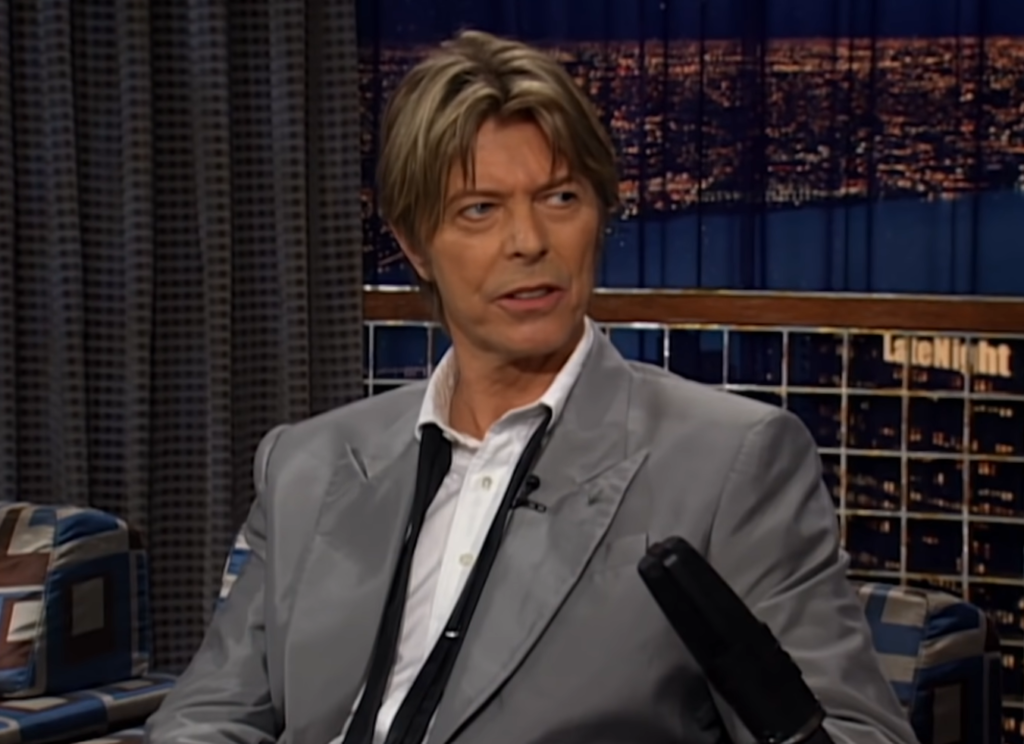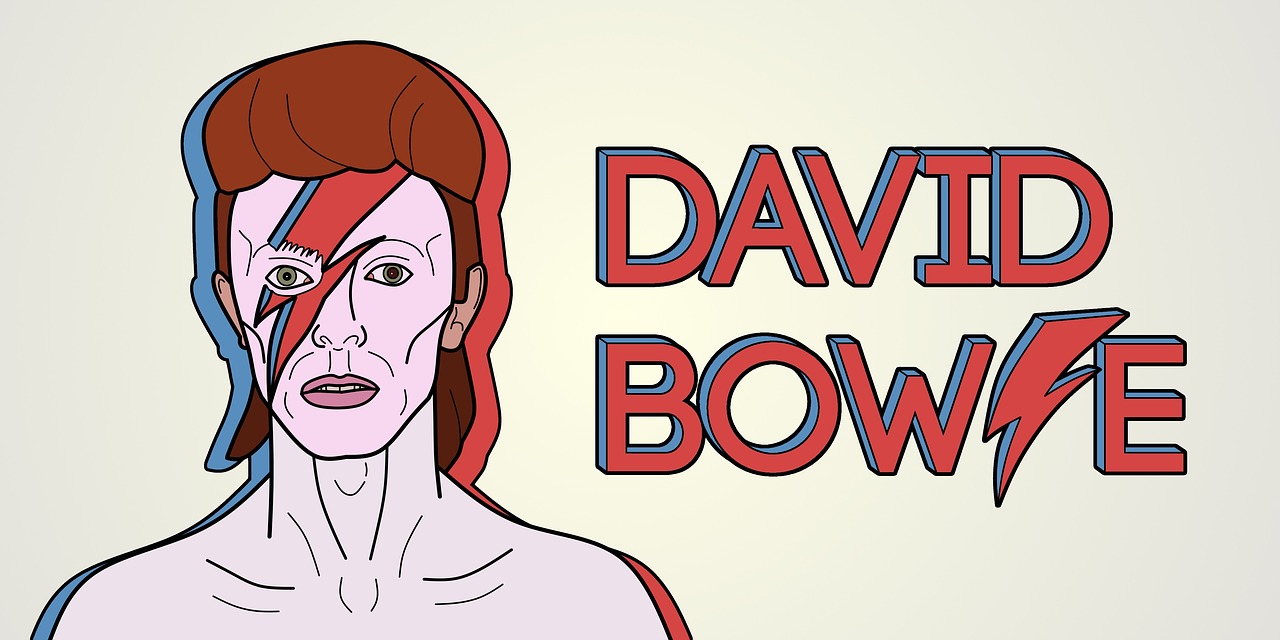
David Bowie was one of the most iconic and innovative musicians of the 20th century. Throughout his career, he constantly reinvented himself, creating memorable characters and groundbreaking music that defied categorization. However, one aspect of Bowie’s life that often raises questions is the story behind his distinctive mismatched eyes. Many people have heard that Bowie lost an eye, but the details of how and when this happened are less well-known. In this article, we’ll explore the story of David Bowie’s eye and how it shaped his art and his persona.
First, it’s important to clarify that David Bowie did not actually lose an eye. Rather, he suffered an injury to his left pupil that left it permanently dilated, giving the appearance of two different-colored eyes. The injury occurred in 1962 when Bowie was just 15 years old. According to Bowie’s own account, he was involved in a fight with a friend over a girl. During the scuffle, Bowie was punched in the left eye and fell to the ground. The force of the impact caused the pupil to become permanently dilated, which gave the eye its distinctive appearance.
The injury had a profound impact on Bowie’s life and career. In interviews, Bowie has spoken about feeling self-conscious and embarrassed by his eye. He has said that he wore an eye patch for a time to cover it up, but eventually decided to embrace his unique appearance. In an interview with Rolling Stone magazine in 1973, Bowie explained that his eye had become a “badge of honor” that set him apart from other musicians. He even went so far as to create a character, Ziggy Stardust, who also had mismatched eyes as a way to further embrace his difference.
Bowie’s eye also had a practical effect on his music. In the early years of his career, Bowie struggled to find success as a musician. However, his unusual appearance and eccentric style began to attract attention, and he soon found himself gaining a following of fans who were drawn to his otherworldly persona. Bowie’s music began to reflect his outsider status, with songs that explored themes of alienation, identity, and the search for meaning.
The 1970s were a particularly fruitful period for Bowie, both musically and creatively. He released a series of groundbreaking albums, including “The Rise and Fall of Ziggy Stardust and the Spiders from Mars,” “Aladdin Sane,” and “Diamond Dogs,” that cemented his reputation as one of the most innovative artists of his generation. Bowie’s music was often accompanied by elaborate stage shows and costumes, which further reinforced his otherworldly persona.
In the years that followed, Bowie continued to push boundaries and challenge expectations. He experimented with different musical styles, from soul and funk to electronic and industrial, and collaborated with a wide range of artists, from Iggy Pop to Brian Eno. Bowie’s music and style continued to evolve throughout his career, culminating in his final album, “Blackstar,” which was released just two days before his death in January 2016.
Throughout his life, David Bowie’s eye remained a key part of his identity and his art. Although he may have initially felt self-conscious about it, he ultimately came to embrace it as a symbol of his uniqueness and creativity. Bowie’s music and his persona continue to inspire and influence artists today, and his legacy is sure to endure for generations to come.
One of the most interesting aspects of Bowie’s use of his eye was the way in which it intersected with his exploration of gender and sexuality. Bowie’s androgynous appearance and flamboyant style challenged traditional ideas about masculinity and femininity, and his music often explored themes of sexuality and sexual identity. In songs like “John, I’m Only Dancing” and “Boys Keep Swinging,” Bowie played with gender roles and sexual norms, blurring the lines between male and female, straight and gay.
Bowie’s embrace of his unique appearance and his willingness to challenge societal norms made him a cultural icon and a hero to many. His music and his persona continue to inspire and influence artists across a wide range of genres, from pop and rock to hip-hop and electronic music. Bowie’s ability to reinvent himself and to continually push boundaries has earned him a place in the pantheon of great artists, and his impact on music and culture is sure to be felt for many years to come.
In conclusion, David Bowie’s eye was not lost but injured during a fight at the age of 15, leaving his left pupil permanently dilated. While this injury could have caused him to feel self-conscious, Bowie instead embraced his unique appearance as a symbol of his creativity and individuality. His eye, along with his otherworldly persona and groundbreaking music, made him a cultural icon and a hero to many. Bowie’s impact on music and culture is sure to endure for many years to come, and his legacy as an innovative artist and a champion of individuality and self-expression will continue to inspire future generations.
